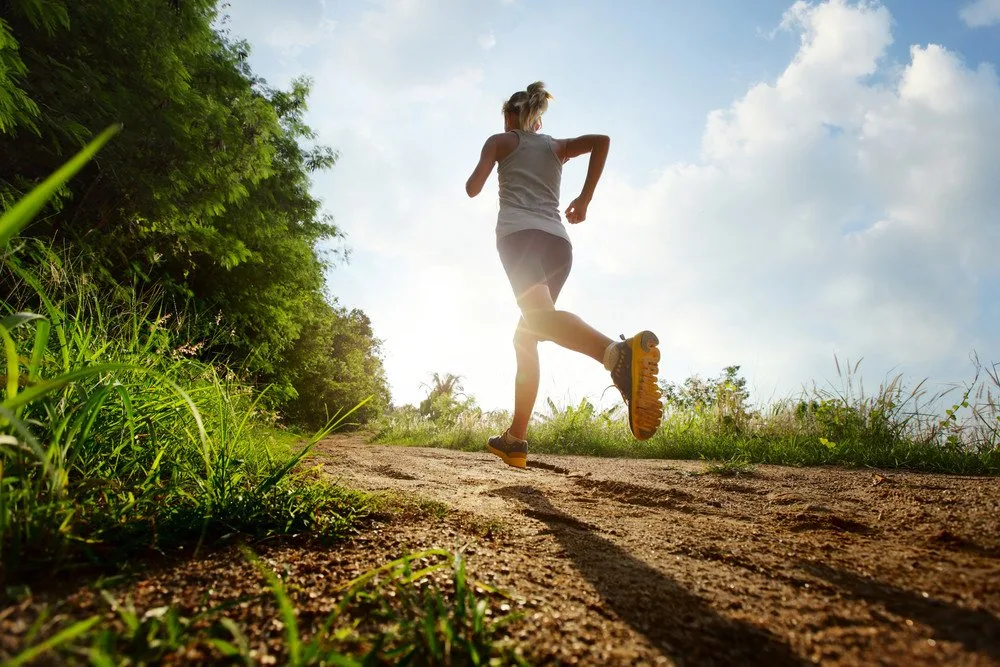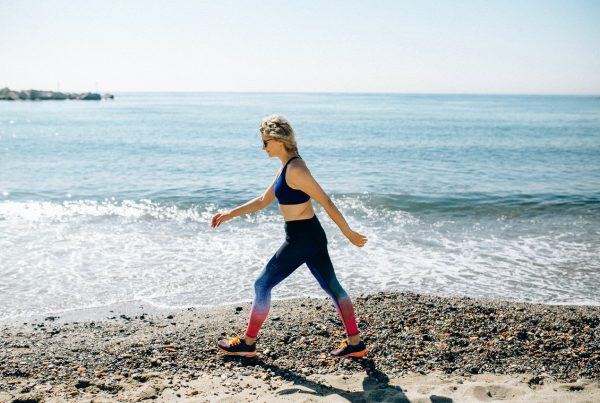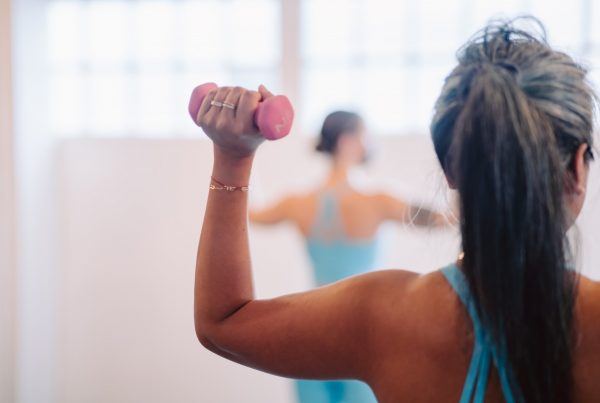A research survey run by Run Repeat of 3,774 gym members found more than 50% of women have been harassed at the gym while working out. To find out if this problem is isolated to gyms or a wider issue, the company also surveyed 4,709 runners* to understand the extent of harassment that runners face and what impact this has. Researcher Danny McLoughlin explains.
Women Are Harassed While Working Out
Key findings:
Run Repeat wanted to understand how prevalent harassment is in gyms and how it impacts members, gyms, and the industry as a whole. To investigate this we surveyed 3,774 gym members (1107 female and 2667 male) in June 2021. * For the purpose of this survey, a runner is defined as someone who runs at least once a week.
- 45.85% of female runners have experienced harassment
- 9.56% of all female runners have been physically harassed while running
Of female runners who have been harassed:
- 80.29% have changed their running habits (e.g. run less often, change route or clothing)
- 24.23% started carrying a weapon or device for self-defense.
How prevalent is harassment while running?
Of the 1,350 female runners surveyed, 619 have directly experienced harassment while out on a run. Therefore 45.85% of female runners have experienced harassment. In comparison, 17.48% of male runners have experienced harassment.
This suggests that women are 2.62 times more likely to be harassed on a run than a man is.
 How are women harassed?
How are women harassed?
We asked those who have suffered harassment on a run, what that harassment looked like.
The results show:
- 34.74% of all female runners have received unwanted attention
- 31.41% of all female runners received unwanted comments or verbal abuse
- 9.56% of all female runners received unwanted physical contact What impact does harassment have? 80.29% of female runners who have been harassed have changed their running habits as a result.
Despite having absolutely no responsibility for being harassed, women inevitably made changes to their running routines after suffering harassment.
More than 20% of those harassed either stopped running completely or started to run less often. More than 15% switched to running indoors, and almost 20% stopped running alone.
A huge part of the joy of running is being able to go where you want, when you want, often by yourself, and get away from the world — even if it’s for 10 minutes. Harassment places restrictions and deterrents on female runners.
The impact of harassment on female runners is really exposed when you realize a woman is:
- 6.02 times more likely than a man to stop running alone
- 5.79 times more likely to change their clothing
- 3.98 times more likely to change their route or the time they run
- 4.23 times more likely to run less often or stop running altogether
Harassment is a prevalent issue in gyms – one that disproportionately impacts female gym members.
Being harassed leads to people feeling unsafe, uncomfortable, altering their behavior, and canceling memberships. Not only that, anyone that sees the incident or hears about it from someone else is impacted as well.
Despite how many experience this issue, less than tenth of members report harassment.
It’s the responsibility of studios, health clubs, and the likes to provide a safe environment for members to work out and enjoy the benefits of exercise.
They need to ensure they are working to raise awareness, lower the rate of harassment, increase the rate of those that report, and effectively handle these incidents in order to combat gym harassment.
About the Author
Danny McLoughlin is a sports nut, with a particular interest in football and running. He loves to watch sports as much as he loves to play.
Danny was the lead researcher on RunRepeat and The PFA’s report into Racial Bias in Football Commentary. His football and running research has been featured in The Guardian, BBC, New York Times, and Washington Post.




![women [longevity live]](https://longevitylive.com/wp-content/uploads/2020/01/photo-of-women-walking-down-the-street-1116984-100x100.jpg)










